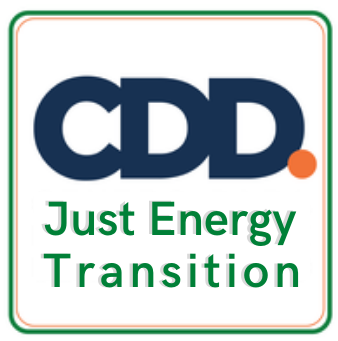Hydropower harnesses the energy of water moving from higher to lower elevations. It can be generated from reservoirs and rivers. Reservoir hydropower plants rely on stored water in a reservoir, while run-of-river hydropower plants harness energy from the available flow of the river.
Hydropower reservoirs often have multiple uses – providing drinking water, water for irrigation, flood and drought control, navigation services, as well as energy supply. Hydropower currently is the largest source of renewable energy in the electricity sector. It relies on generally stable rainfall patterns, and can be negatively impacted by climate-induced droughts or changes to ecosystems which impact rainfall patterns.
The infrastructure needed to create hydropower can also impact on ecosystems in adverse ways. For this reason, many consider small-scale hydro a more environmentally-friendly option, and especially suitable for communities in remote locations.
Source: UN

